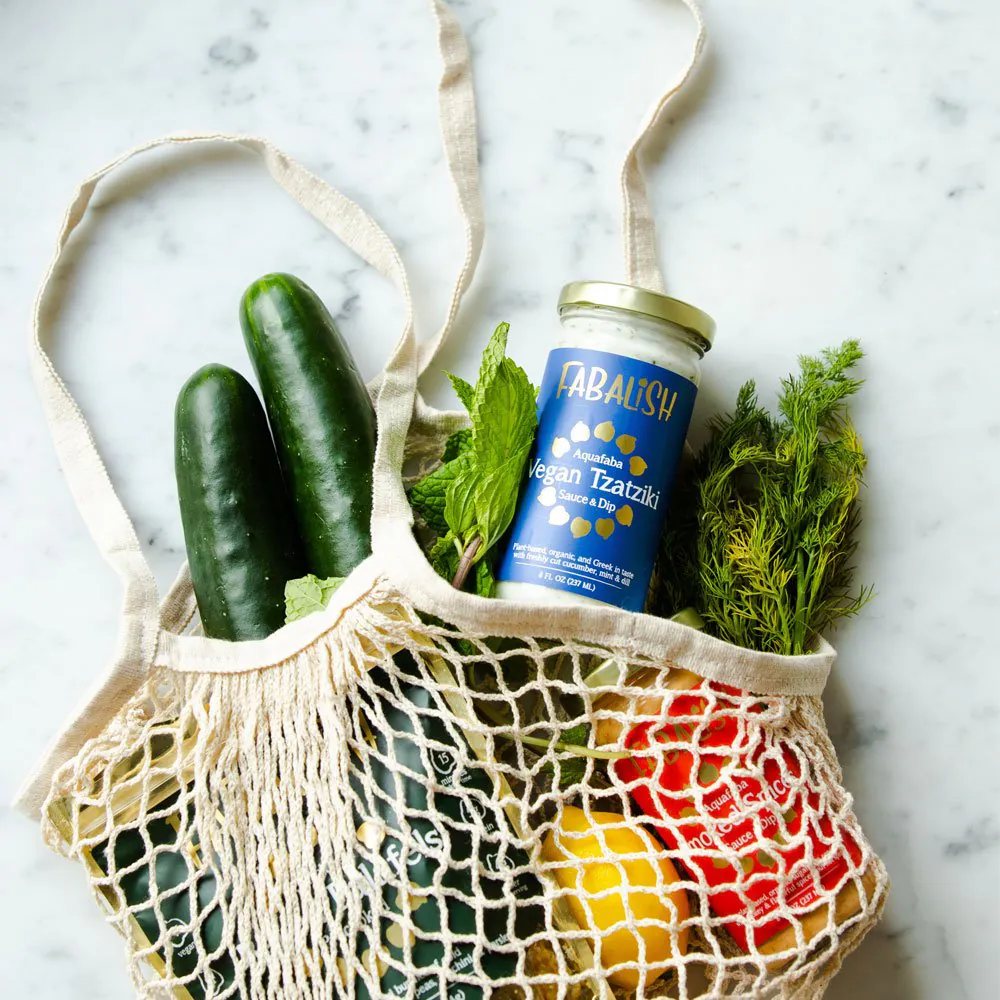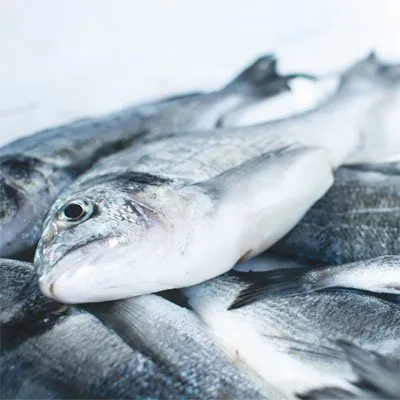The nutritional value table on food packaging is mandatory. The responsibility for correct information lies with the producers.
In Switzerland, the nutrients contained in food must be labeled in accordance with the Food Information Ordinance. The goal: to ensure consumer health protection by enabling them to obtain comprehensive information before purchasing products. For manufacturers, this means that detailed labeling of their food can have a significant impact on the decision to buy or not a product.
Big 5 or Big 7: The Swiss nutrition label
The nutritional values of food are given per 100 g or per 100 ml. A basic distinction is made in Switzerland between the large and the small nutritional value declaration. The difference between the so-called Big 5 and the Big 7. lies in the number of nutrients listed.
Big 5 – the small nutritional value declaration:
- Indication of energy value
- fat content
- carbohydrates
- protein
- salt
Big 7 – the big nutritional value declaration:
- Indication of energy value
- fat content
- saturated fatty acids
- carbohydrates
- sugar
- protein
- salt
The basis for the Big 7 are the previously mandatory Big 8, which also contained the fiber. Their declaration is no longer mandatory.
Important: The small nutritional value label is only possible if no nutritional or health-related information is provided. If, for example, the gluten or lactose content is stated in a pre-packaged food, a large nutritional value declaration – the Big 7 – is mandatory. Even if products are to be exported to the EU, manufacturers have to fall back on them. In addition to the mandatory information from the Big 5 or Big 7, additional information on mono- or polyunsaturated fatty acids, starch, dietary fiber and significant amounts of vitamins and minerals can optionally be provided.
The nutritional value table – mandatory for pre-packaged food
Nutritional labeling is mandatory for pre-packaged food in brick-and-mortar retail and for food sold online. Swiss food law prescribes the declaration on the back of the packaging. The information on calorific value, fat and Co. must be applied in a clearly visible and legible font. An x-height of 1.2 mm is considered the minimum font size, which roughly corresponds to the Arial font with 7 pt. If the label does not offer enough space for a table, the nutritional values can also be placed as continuous text. All nutritional information must always be in the same field of vision. Consumers should perceive this without turning the packaging.
The nutrients are listed in the order of the Big 5 or Big 7. If individual nutrients are not present, they are declared as 0 g (ml).
Unprocessed and unpackaged – these products do not need to be labeled
Unprocessed single-ingredient foods are exempt from nutrition labelling. As well as processed foods that consist of one ingredient class and have been aged, such as cheese. Artisan food sold locally also does not require a declaration. For example, a salami from the in-house butcher’s shop is exempt from labelling. The analytic effort would be disproportionate for the predominantly small companies.
But: If the products are labeled voluntarily, the same requirements apply as for the mandatory information. Manufacturers should reliably check whether their product falls under the exemption. The labeling requirement can also apply to products that are also sold online, since they are no longer exclusively offered locally.
The nutritional value tables of food – responsibility of the manufacturer
In principle, the manufacturers are responsible for correct, truthful information on the packaging. In order to declare the nutritional values of products, the corresponding nutritional values must be calculated. Manufacturers can do this themselves, for example by using special databases. – Or they have the food analyzed by specialized laboratories such as Biolytix https://www.biolytix.ch/en/service/hygiene-food-and-product-quality/. Smaller companies that always work with the same few raw materials can use the Swiss nutritional value database https://naehrwertdaten.ch/en/, for example. The data collection of the Federal Food Safety and Veterinary Office (FSVO) currently contains information on more than 1,000 foods. In addition to information on macronutrients such as fat, sugar or protein, micronutrients such as vitamins or minerals are also listed for most foods.
Important for food producers: A correct nutritional value calculation – either in-house or by a special laboratory – can only be carried out with standardized manufacturing processes. This means that the nutritional value analysis is only possible for products for which both the recipe and the manufacturing process are known. If these change, the food must be analyzed again. In addition, the nutritional values must be within the tolerance range during the product’s shelf life. Manufacturers therefore need to be aware of possible changes during storage of their food.
The Nutri-Score: future replacement for the nutritional table?
The classic nutritional value table has been criticized for a long time. Although it offers more information, it is often perceived as confusing due to its structure and size. According to surveys, consumers want simpler labeling of food. The Nutri-Score now supplements the obligatory nutritional labeling on many products. The graphic is placed prominently on the front of the packaging. On a color scale from red to green, the Nutri-Score shows how balanced a processed food is. The score is calculated using a scientific formula. It is intended to help consumers to quickly compare similar foods and choose healthier ones. But there is also criticism of the traffic light system. The Swiss Farmers’ Association, for example, points out deficiencies in labeling. For example, the degree of processing and the use of additives are not included in the calculation algorithm. The Nutri-Score would oversimplify in its current form. Fruit juices, like fruit spritzers, received a poor Nutri-Score, while artificially produced zero or light products received a positive traffic light color. Nutritionists endorse the Nutri-Score as a step in the right direction. Nevertheless, it is feared that it could send consumers on the wrong track. The EU has responded to the criticism and announced an update of the Nutri-Score. Individual foods are to be recalculated according to health aspects.
For consumers, this means: It is still worth looking at the nutritional value labeling of the products!




